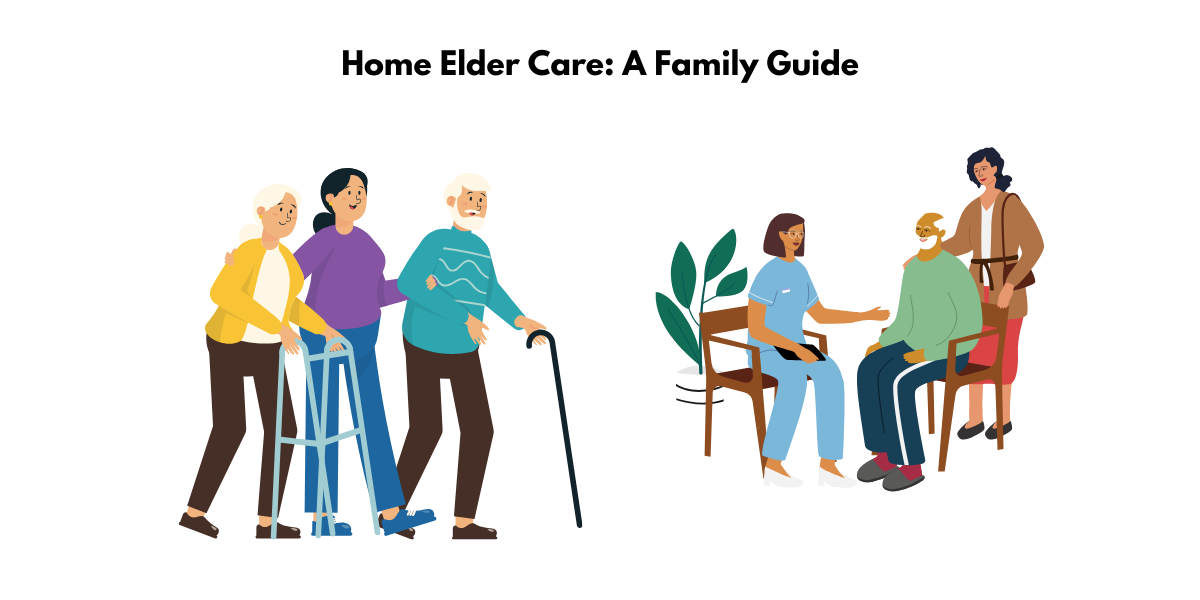Essential Home Elder Care Services: Guidance for Families
Understanding the Importance of Elder Care
The Rising Demand for Senior Living Options
Elder care has never been more crucial with the world’s population living longer than ever before. As you navigate the shifting landscape of senior living, it becomes apparent that there are many paths to ensuring loved ones receive the care they need. The demand for senior living options is escalating as baby boomers age and the need for diverse care solutions increases. Whether it’s aging in place with the help of home care services or considering residential facilities, understanding the spectrum of available options will guide you in making well-informed decisions.
Evaluating the Need for Assisted Living or Nursing Homes
When you’re noticing changes in a loved one’s ability to manage daily tasks independently, it may be time to consider assisted living or nursing home care. Assisted living is often the go-to for those who need minor assistance with activities of daily living, such as dressing, bathing, and medication management. In contrast, nursing homes offer a higher level of medical care, suitable for individuals with more intensive healthcare needs, including round-the-clock nursing supervision. Start by discussing with healthcare professionals to assess the level of care needed, keeping in mind that a person’s health status can change over time, and flexibility in care options is essential.
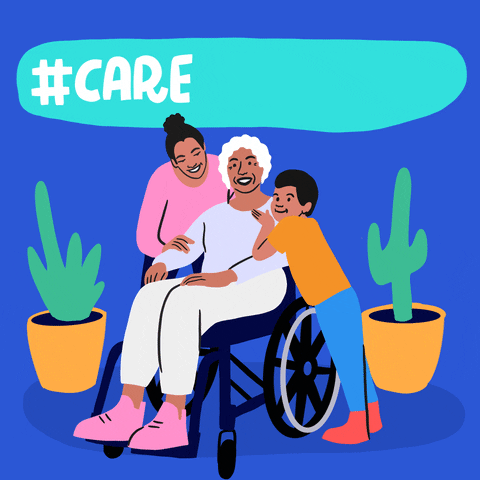
Assessing Different Types of Elder Care Facilities
Distinctions Between Assisted Living and Nursing Home Care
Distinguishing between assisted living and nursing home care is pivotal as you draft a care plan for your loved one. Assisted living facilities typically offer a blend of independence and assistance, focusing on supporting residents with daily activities without the intensive medical oversight found in nursing homes. On the flip side, nursing homes are designed for those who need 24/7 medical supervision and may have complex health conditions that require skilled nursing care.
To sum it up, the main distinctions include the level of medical care provided, the degree of independence afforded to residents, and the type of amenities and services available. It’s important to weigh these differences based on your loved one’s current and foreseeable needs.
Exploring Specialized Care Units
Specialized care units offer tailored services for those with specific health conditions, such as memory care units for individuals with Alzheimer’s or other forms of dementia. These units are equipped to handle the particular challenges associated with these conditions, providing a secure environment and staff trained in best care practices. The design of the physical space often includes features to minimize confusion and promote safety.
Exploring these units is particularly important if your loved one has specialized health needs. Such care can offer an added layer of comfort knowing that they will receive focused attention and specialized programs that can improve their quality of life.
Key Considerations When Selecting an Elder Care Facility
Location and Accessibility Concerns
When it comes to selecting an elder care facility, location plays a significant role. You’ll want to choose a place that’s easily accessible for family and friends to visit, which helps maintain important social connections and allows for regular care monitoring. Additionally, consider how the location relates to medical facilities in case of emergencies.
Accessibility also extends to how well your loved one can navigate the facility. Is it wheelchair-friendly? Are there handrails and non-slip floors? These considerations ensure that your loved one can move around safely and comfortably.
Staff Qualifications and Resident-to-Caregiver Ratio
When assessing elder care facilities, scrutinize the staff’s qualifications and the resident-to-caregiver ratio. Qualified staff, including licensed nurses and trained caregivers, are the backbone of high-quality elder care. Verify their credentials and ongoing training to ensure they can provide the best care possible. A lower resident-to-caregiver ratio often means more personalized attention and quicker responses to residents’ needs.
Since the consistency and availability of care are crucial for the well-being of the elderly, finding out about the staff-to-resident ratio will give you a sense of how attentive the care will likely be.
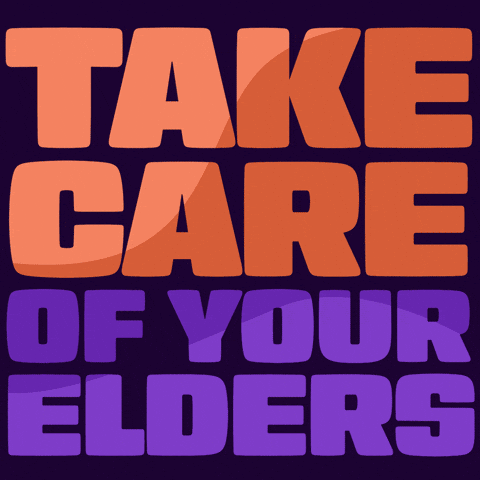
Essential Amenities and Services to Look For
Health Care and Medical Support Offerings
Health care and medical support are at the heart of elder care services. When looking at potential facilities, examine the range of medical support provided. Does the facility have on-site health care professionals such as registered nurses or a visiting doctor? In what capacity are medical emergencies handled? Is there a system for managing and administering medications?
Also, delve into the frequency of health assessments and how health care plans are tailored for each resident. It’s important to ensure that the facility can cater to the specific healthcare needs of your loved one, providing both immediate care and routine medical support.
Daily Living Assistance and Recreational Activities
Your loved one’s quality of life in an elder care facility extends beyond healthcare to include daily living assistance and recreational activities. Facilities typically aid with basic personal care tasks such as bathing, dressing, and eating, which are crucial for residents who struggle with these activities. Ensure the facility has a compassionate approach to providing these services, respecting each resident’s preferences and dignity.
Recreation is equally fundamental, as it contributes to the mental and physical well-being of the elderly. Explore the activity calendar and ask about group outings, social gatherings, and hobby-related programs. A robust schedule of events can encourage socialization and a sense of community, enriching your loved one’s life in the care facility.
Deciphering the Cost Structure of Elder Care
Insurance Coverage and Out-of-Pocket Expenses
Navigating insurance coverage and understanding out-of-pocket expenses is a crucial step in planning for elder care. Check if the care facility accepts private insurance and if your loved one’s policy covers services there. Long-term care insurance, in particular, might cover a range of services, but policies should be predetermined before services are needed.
Often, Medicare will only cover medically necessary services and not custodial care. Medicaid can fill in some gaps, particularly for individuals with lower incomes and assets, but usually after personal savings are exhausted. Assess the direct costs, such as room and board, which are typically out-of-pocket expenses, and review any additional fees for extra services that may arise.
Understanding Long-Term Care Financial Planning
Understanding long-term care financial planning is vital for securing the funds needed for extended elder care services. It involves exploring various income sources, including savings, pensions, and retirement accounts, as well as considering the potential role of long-term care insurance. You should also be aware of government programs such as Medicaid and how they might assist once personal resources are depleted.
Investigate asset protection strategies and consult with financial planners or elder law attorneys to preserve wealth while ensuring care needs are met. Additionally, become informed about the rules concerning asset transfer if Medicaid eligibility is anticipated. Proper planning now can alleviate financial strain and provide peace of mind for the future.
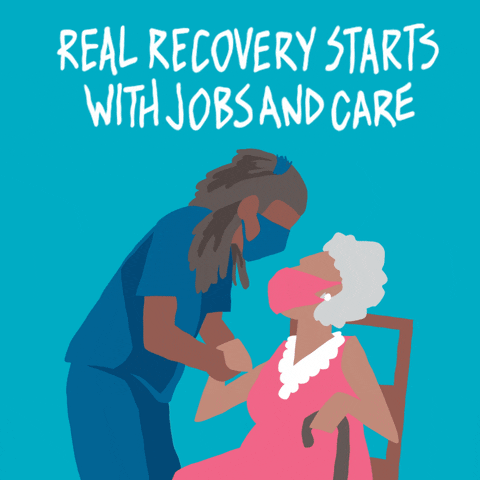
Visiting and Evaluating Potential Facilities
Scheduling Tours and What to Observe
When you’re ready to visit potential elder care facilities, scheduling a tour is key. During your visit, observe the cleanliness, and upkeep of the facility, and whether the environment feels welcoming and safe. Take note of how staff interacts with residents and the overall atmosphere—are people engaged in activities, do they seem content and well-cared for?
Don’t hesitate to ask questions about everything from emergency procedures to meal options. Observe the small details like the availability of common spaces, outdoor areas, and the level of personalization allowed in living spaces. These observations will help you gauge if the facility meets your standards and can provide a comfortable and nurturing home for your loved one.
Interacting with Staff and Current Residents
Interacting with the staff and current residents can provide invaluable insights into daily life within an elder care facility. During your tour, engage with the caregivers to understand their approach and philosophy towards elder care. Ask about their experiences working there and observe their demeanor—is it professional, warm, and respectful?
Also, take the opportunity to speak with current residents. Their firsthand experience can offer a glimpse into the community, activities, and overall satisfaction with the facility. Pay attention to their level of engagement and whether they seem comfortable and happy. These interactions are often the most telling signs of the quality of life you can expect for your loved one.
Legal and Safety Protocols in Elder Care
Checking Accreditations and Compliance Records
Before committing to an elder care facility, it’s crucial to verify its accreditations and compliance records, as these indicate adherence to industry standards and regulations. Accreditation from reputable bodies means the facility has met specific criteria for quality and safety. Check whether the facility is licensed and if it has had any recent violations or complaints.
Review records from state health and regulatory agencies, which often conduct inspections and assessments. A clean compliance record, or one with minor, resolved issues, can reassure you that the facility takes regulations seriously and strives to maintain high-quality care.
Recognizing the Signs of a Safe and Secure Environment
Recognizing the signs of a safe and secure environment is essential when selecting an elder care facility. A safe facility will have clear emergency procedures, well-lit corridors, secured entrances and exits, and safety measures in place, such as smoke detectors and sprinkler systems. Check for cleanliness and proper maintenance, as these are also indicators of a well-managed establishment.
Observe how staff members handle safety protocols—are they diligent about sign-in procedures and monitoring who enters and exits the space? Access to emergency call systems in each room and bathroom is also a sign of a facility committed to resident safety. Ensuring a secure environment not only protects residents but also fosters a sense of well-being.

Making the Decision: Steps to Transition to Elder Care
Communicating wit h Family and Loved Ones
Open and empathetic communication with family and loved ones is foundational when transitioning to elder care. Gather input from all those involved, and discuss concerns and preferences candidly to arrive at a collective decision. Keep in mind that everyone’s feelings and opinions are valid and aim to reach a consensus that prioritizes the well-being of the elder family member.
It’s also important to involve your elder loved one in the conversation as much as possible. Acknowledge their feelings about the transition and provide reassurance that their needs and comfort are a priority in the decision-making process. Remember, clear and respectful communication can ease the transition and help everyone feel more secure about the change.
Preparing for the Emotional and Physical Move
Preparation for the emotional and physical move to an elder care facility requires understanding and patience. Begin by addressing the emotional aspect, recognizing that it’s a significant life change fraught with mixed feelings. Be supportive, listen to concerns, and reassure your loved one that they are not ‘being left’ but rather moving into a new phase of life with care and support.
On the practical side, create a plan for downsizing personal belongings and decide what to take to the new residence, keeping in mind space limitations and the facility’s policies. Organize professional moving services that specialize in elder transitions, if necessary, to ease the process. The more you plan, the smoother the transition will be for everyone involved.
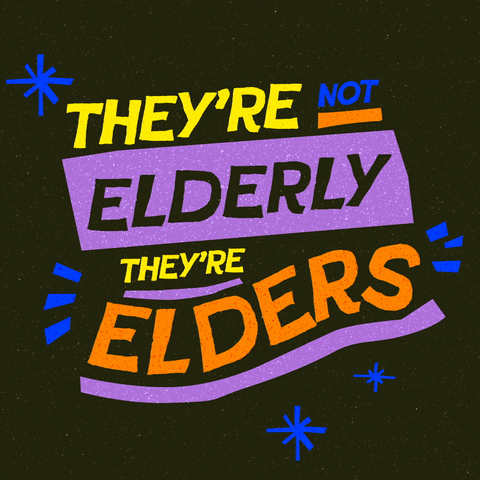
FAQ: Top Tips for Choosing the Right Elder Care Facility
How Do I Start the Search for the Right Elder Care Facility?
Begin your search by assessing your loved one’s needs and preferences, then research local options online and through the Eldercare Locator service. Additionally, ask for recommendations from healthcare professionals, friends, and family members who have faced similar decisions. Keep a list of criteria such as location, type of care needed, and financial considerations in mind as you start your search.
What Are the Red Flags to Watch Out for in Potential Facilities?
Watch out for unclean environments, high staff turnover rates, lack of transparency from management, and negative feedback from current residents or their families. Additionally, concerning signs could include an insufficient staff-to-resident ratio, limited engagement activities, and any history of violations or complaints. Always trust your instincts—if something feels off during a visit, it may warrant further investigation.
Can I Change Facilities if I’m Not Satisfied with the Care Provided?
Absolutely, you have the right to change facilities if the care provided does not meet your expectations or your loved one’s needs. Ensure to carefully review any contracts for terms regarding the transition to a different facility. Communicate your concerns with the current facility first, as they may address them, but if the situation doesn’t improve, start researching and visiting new facilities to find a better fit.

